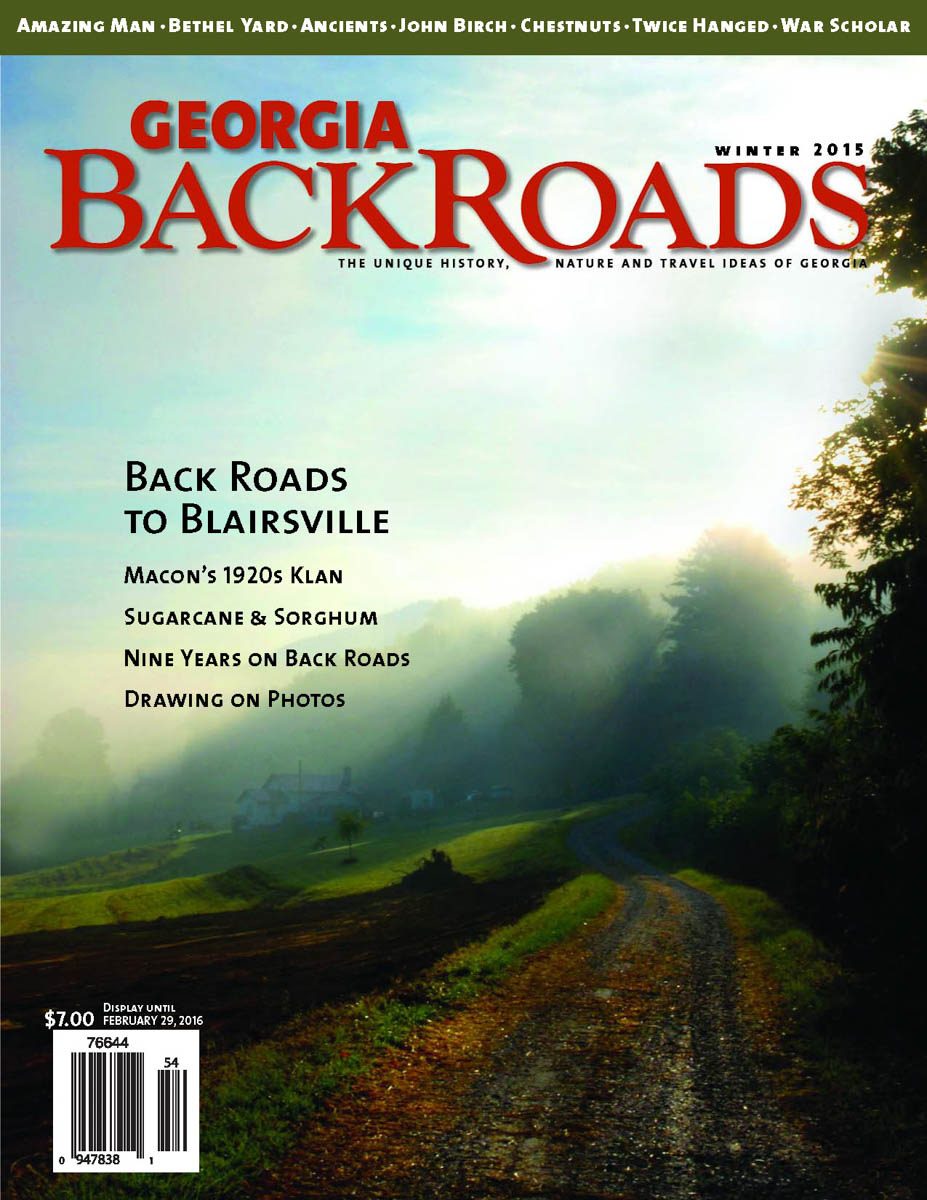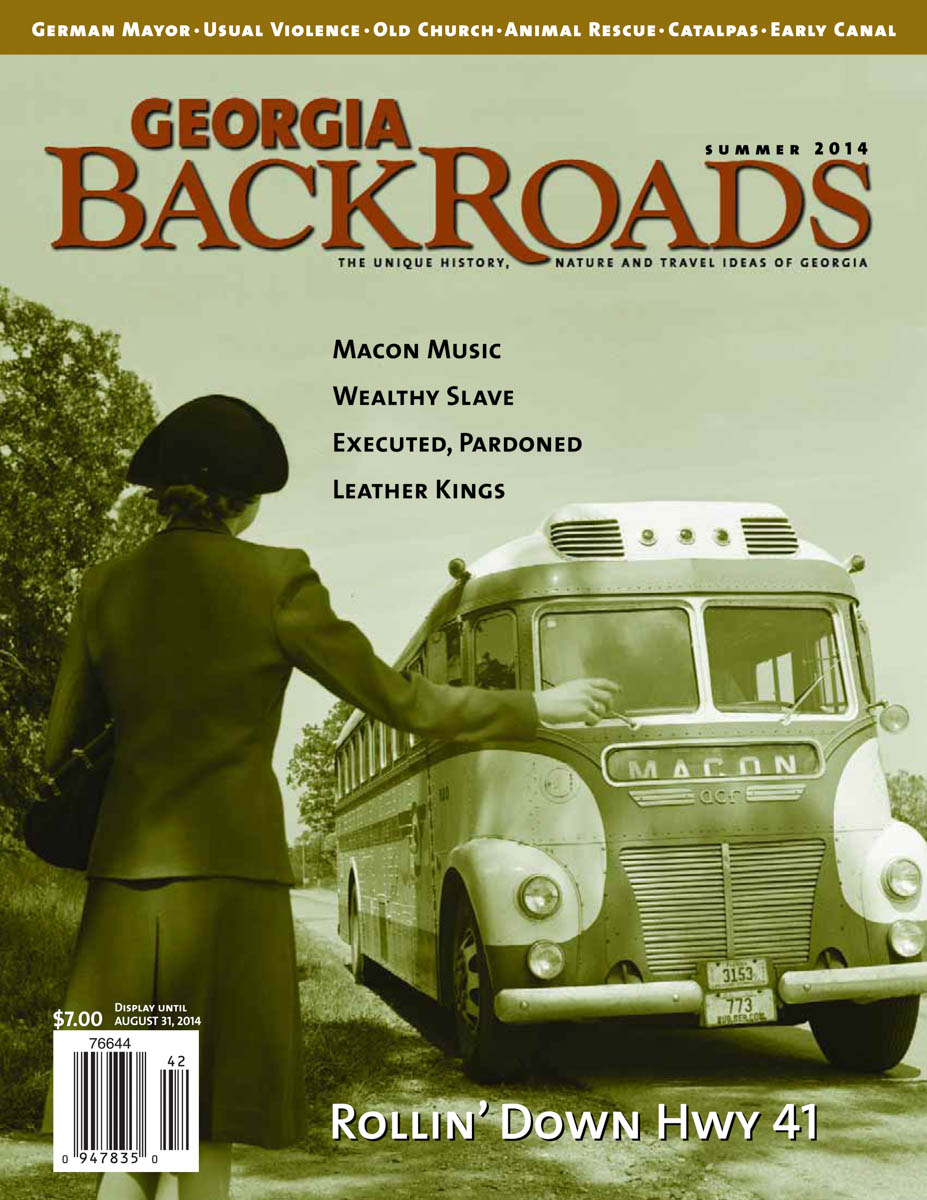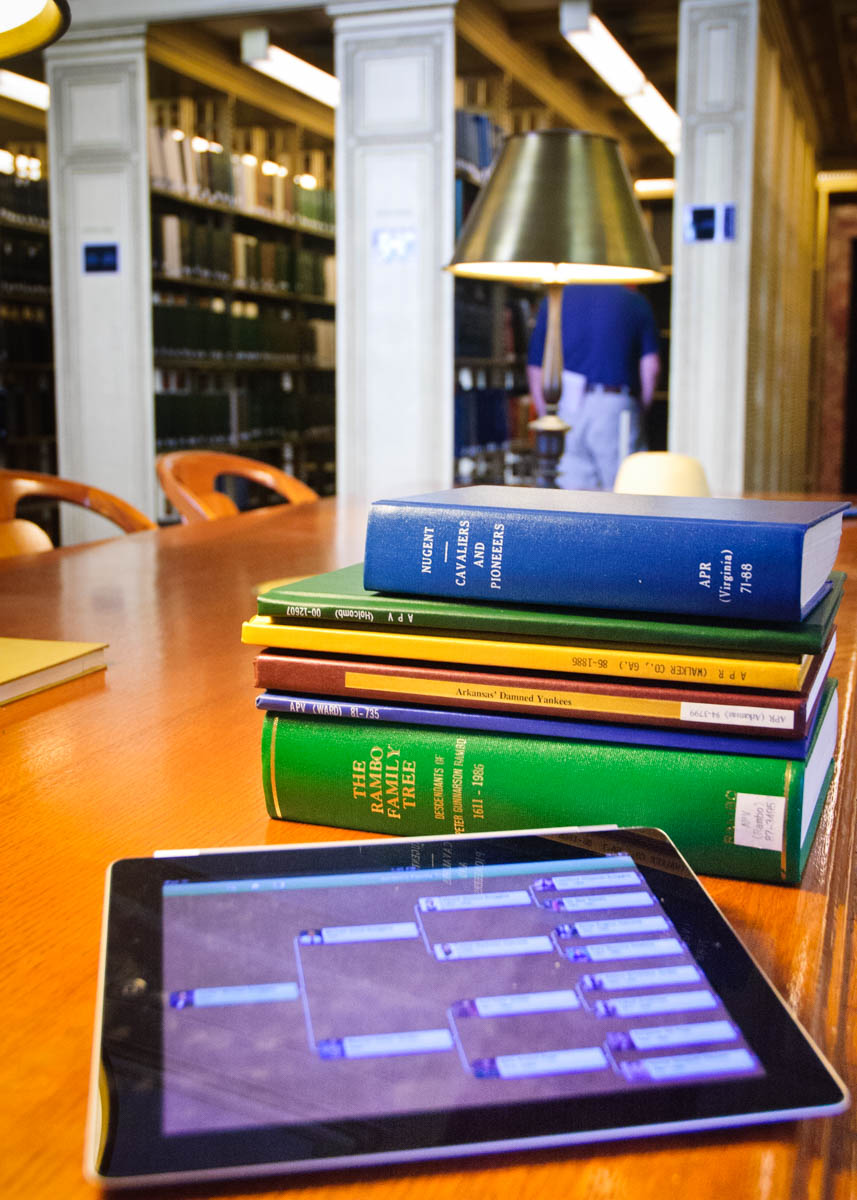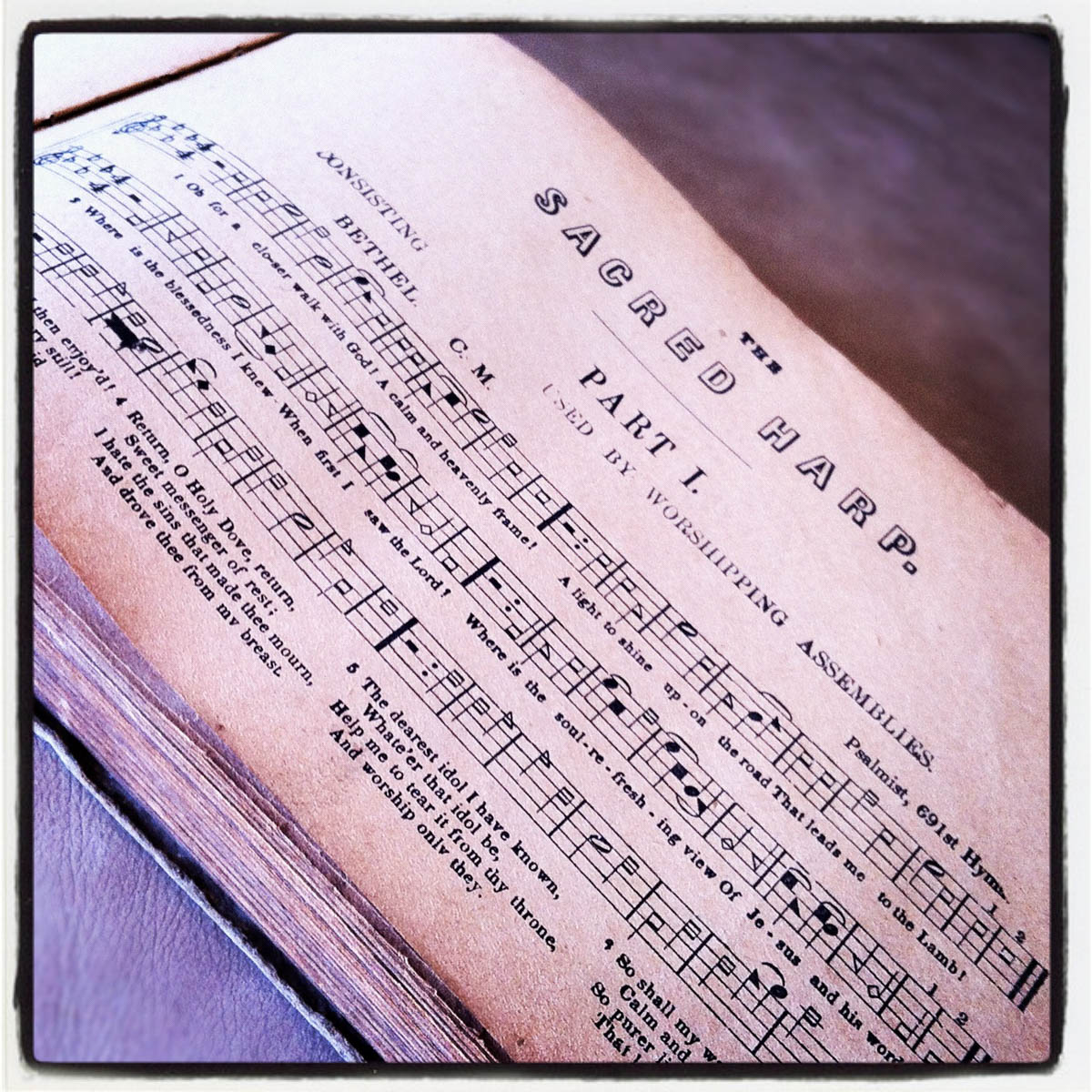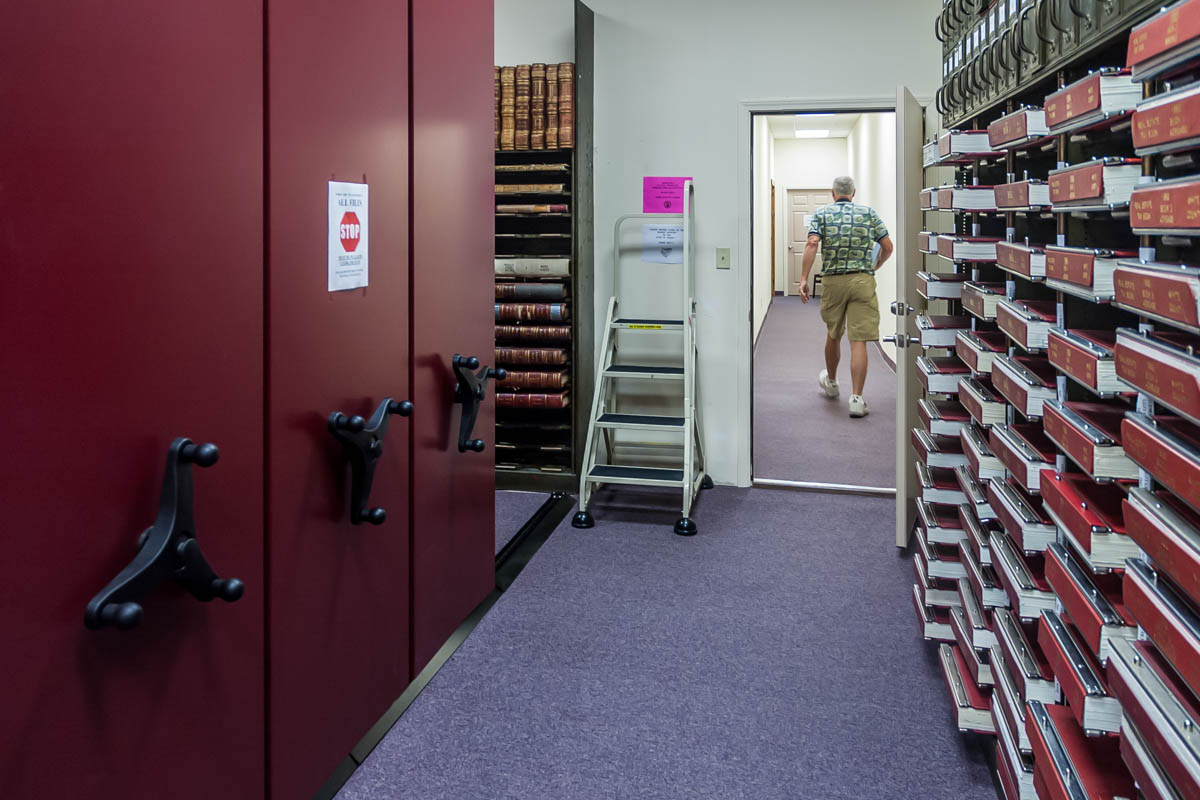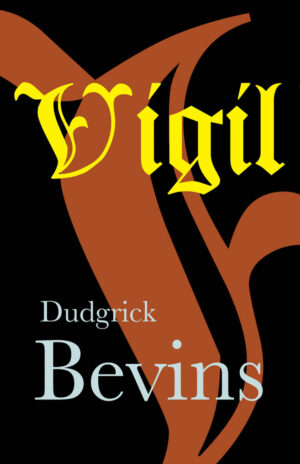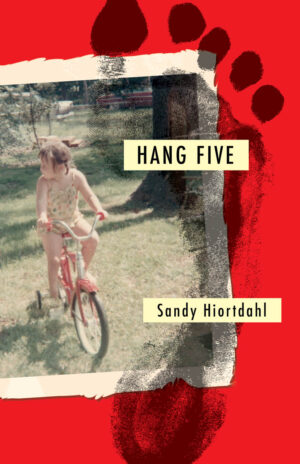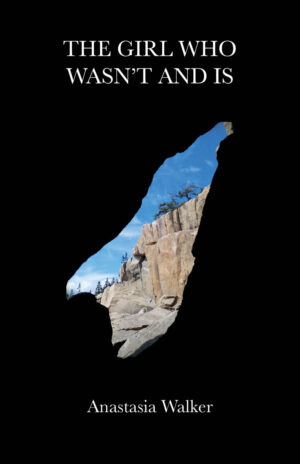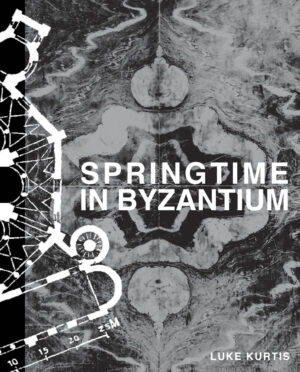Georgia Backroads: “A Man of Most Simple and Attractive Manners”
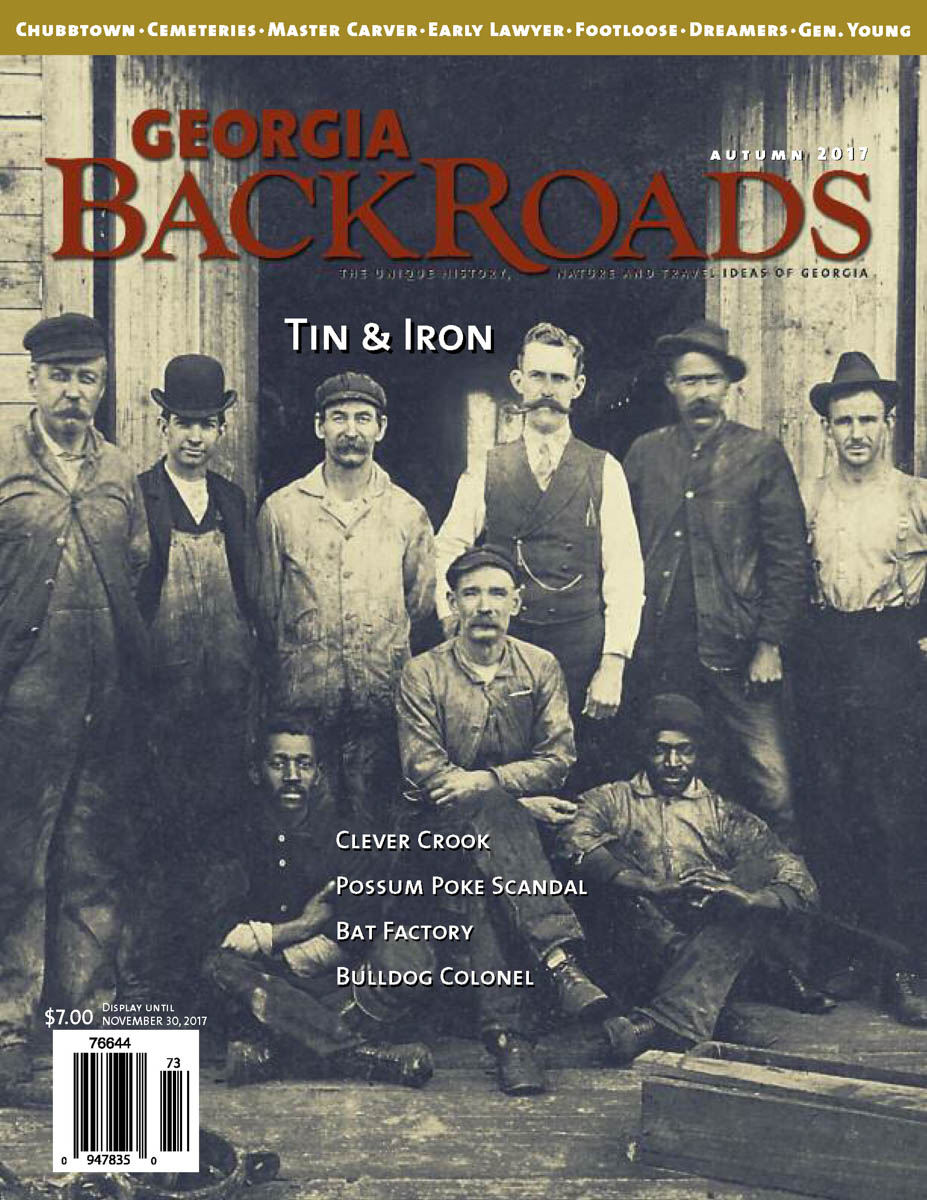
I’m delighted to announce my latest essay, “A Man of Most Simple and Attractive Manners.” It’s out now in the Autumn 2017 issue of Georgia Backroads. This piece, my fifth for the magazine, has been a long time in the making. I started the research while writing the Jordan’s Journey book. It was a challenging article about a person in my family history with no family memory. John Dawson Pope is a unique figure in my family. You might find his role in the history of Georgia, and even the history of California, quite interesting! I do hope you will check it out.
Since this article required so much research and I scoured the country for information to help me put it together, even traveling to Los Angeles, I’ll share my list of sources with you here since the works cited are not printed in the magazine. So, this serves as an extra supplement. Also, hopefully, it means people doing other research related to these sources might stumble across my post here and lead them to my article.
In other news, I am happy to inform you that Jordan’s Journey will finally become available in a paperback edition. I don’t have an exact date yet, but hopefully very soon.
Read More
